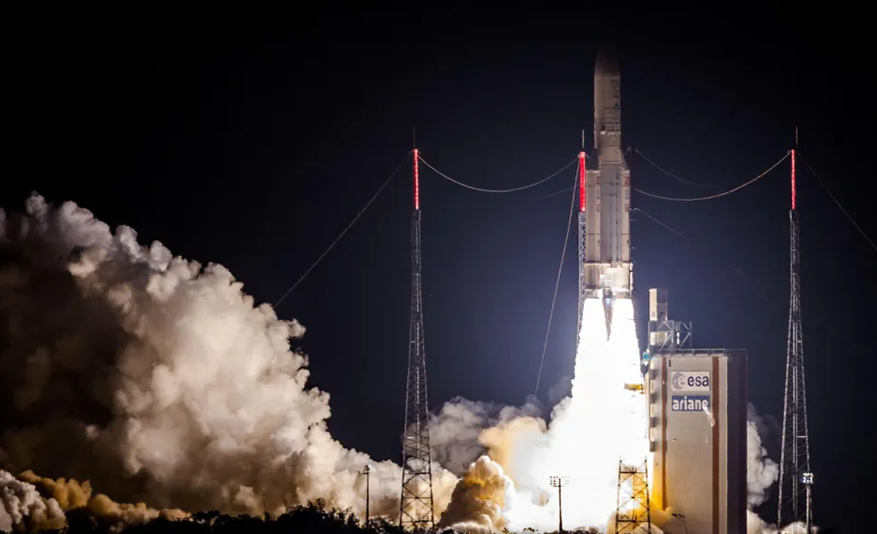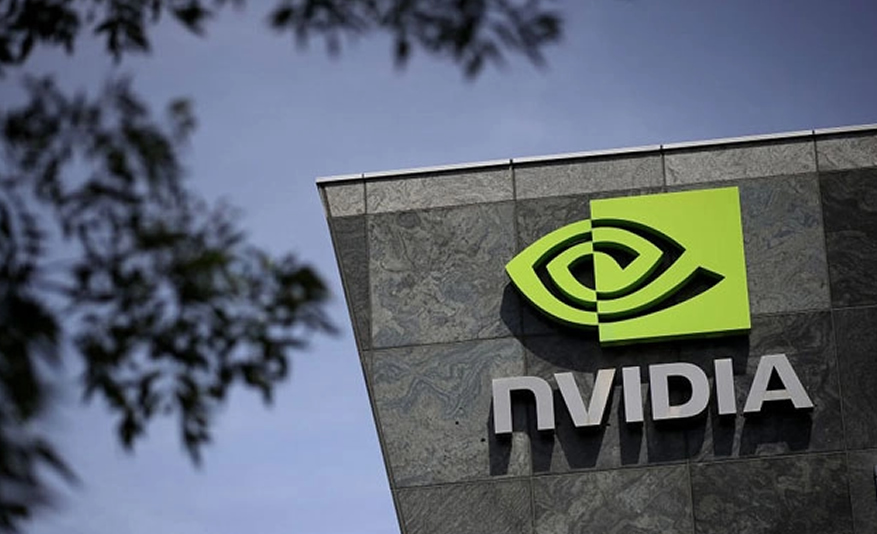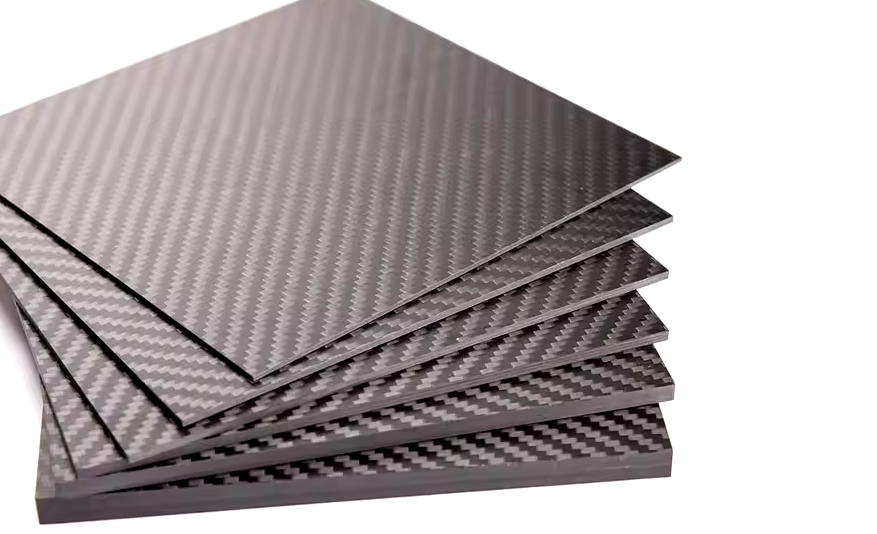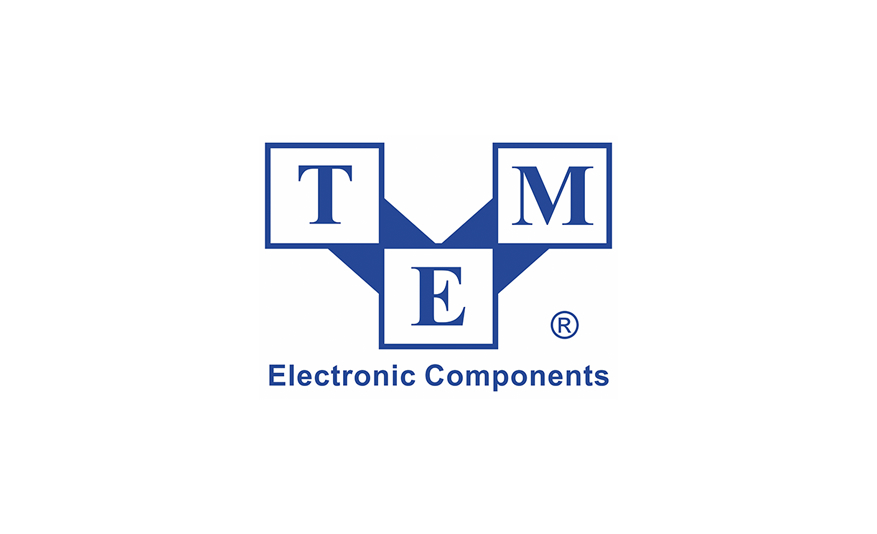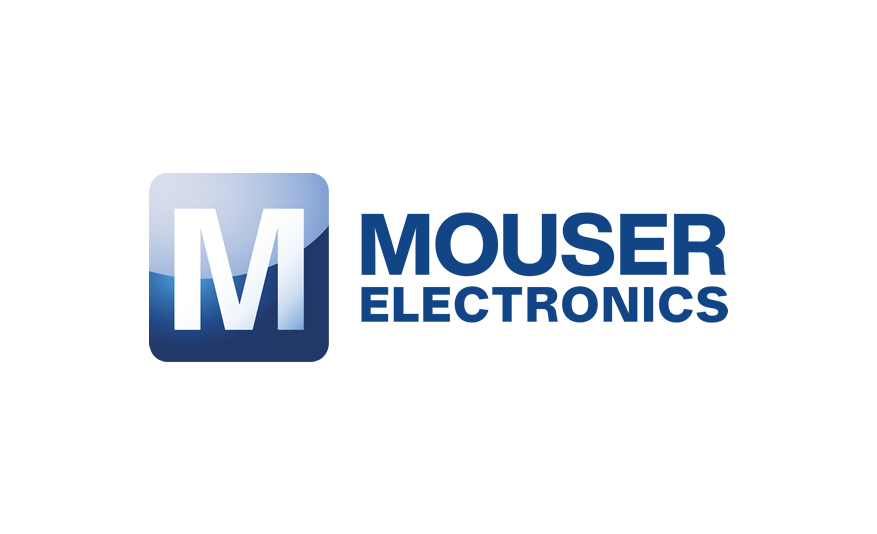We’re experiencing rapid change in the satcoms sector. Low-earth orbit (LEO) satellite constellations are transforming business connectivity on land and at sea, enabling greater levels of digitalization while significantly reducing costs.

Nabil Ben Soussia, Dubai-based Chief Commercial Officer of international satellite service provider IEC Telecom Group, told Seatrade: “There is a continuing rapid growth of low-earth orbit satellite constellations, which are transforming the way we communicate and presenting new opportunities for connectivity at sea and onshore. LEO is anticipated to capture 40% of the global satcom marketplace by 2030, with the maritime sector leading the way.”
Cost-effective LEO connectivity affects pricing across the market. Ben Soussia advises that fixed satellite service fees are set to drop by more than 20% by 2028. In fact, with more LEO satellite providers entering the market, he warns that there is likely to be an oversupply of airtime in the coming years, leading to fierce competition.
“No industry felt a more drastic change upon LEO introduction than the maritime sector,” he notes. “Overnight, the possible speed limits increased more than tenfold, from 1.5–2 Mbps typical for VSAT to 220 Mbps over Starlink. This event unlocked a myriad of new technologies for seafarers, closing the digital gap between life at sea and ashore.”
Business operations aren’t the only reason for the escalation in satellite connectivity use. Affordable connectivity allowed for a significant improvement in well-being on board, becoming the determining factor in talent attraction and retention. “With this fast-paced transition, we can no longer set up crew welfare with a top-to-bottom mentality,” says Ben Soussia. “Mariners deserve a choice with a proper two-way ecosystem to support that.”




